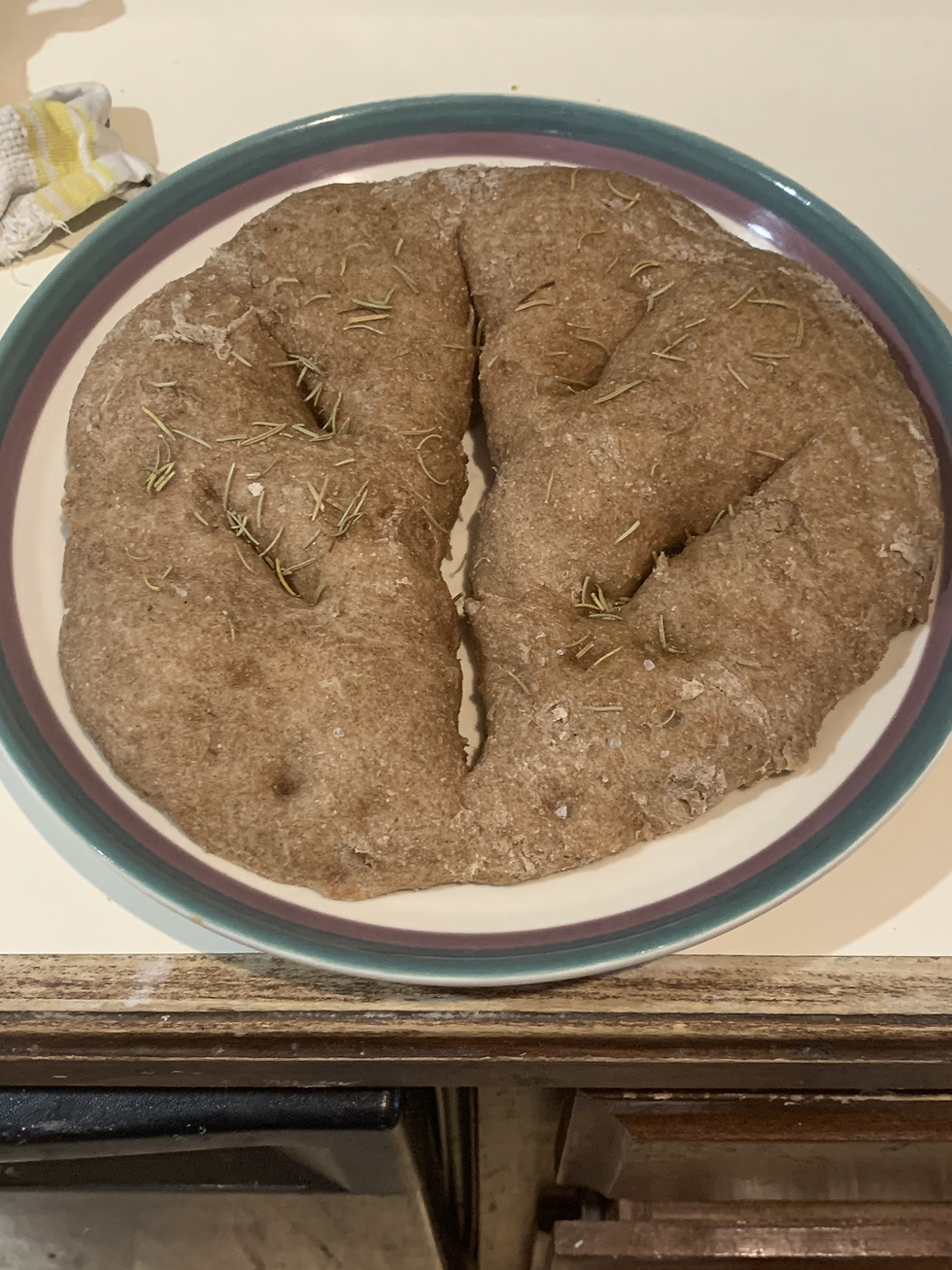The Breakthrough of Brioche
- kylewhitlock14
- Dec 1, 2020
- 3 min read
Background:
Brioche bread arose from the region of Normandy during the Middle Ages. Normandy was famous for its production of the best tasting butter in the whole world at the time and locals invented a recipe for bread that called for much of this butter as well as eggs and sugar. While other French breads use water and salt, brioche calls for milk and sugar. The term, “brioche,” originated from the old Norman language, which means “to grind or knead.” This type of bread quickly grew in popularity due to its rich and sweet taste that drew many comparisons to pastries. Its flavor seized the attention of the wealthy families and became the staple bread for aristocrats all over France. In response to hearing the cry of France’s starving peasants, Queen Marie Antoinette uttered the famous words: “Qu’ils mangent de la brioche. J’achetai de la brioche.” Although many have translated this to “let them eat cake. I’d buy the cake,” Queen Marie Antoinette was actually referring to brioche bread, which at the time was regarded to be as luxurious as cake itself. While the rich could enjoy this popular bread anytime, the common middle class only purchased brioche bread from bakeries in the late 18th century to celebrate special occasions if they could even afford it in the first place.
Ingredients:
-2 cups of milk
-1 cup of sugar
-1 1/2 tablespoons of yeast
-6 cups of flour
-we used 4 cups of regular all-purpose flour and 2 cups of whole wheat
-6 eggs
-1 tablespoon of vanilla extract (to enhance the sweetness)
-10 tablespoons of butter
Instructions:
1) Mix together milk (warm first) with yeast, sugar, and two cups of regular flour and let rest until bubbles rise to the surface (around 30 minutes)
2) Then add whisked eggs, vanilla extract, and melted butter to the dough
3) Knead dough into a loaf while countinously adding the rest of the flours
4) Cover the dough and let it rise for an hour and a half
5) Braid the dough while preheating the oven to 350 degrees
6) Bake the dough at 350 degrees for around 30 minutes until golden brown
7) Slice and enjoy (many French people liked to eat it with their coffee or spread jam on it)


The final appearance of our bread left a lot to be desired to say the least. The dough was still a little sticky by the time we put it in the oven which means that we should have added more flour. The braiding was also difficult, since the length of the dough as well as the pan limited our ability to braid the dough several times before sticking it in the oven. Regardless, the taste of the loaf was very delightful. The outside crust was perfectly complemented by the soft and sweet inside. However, this bread was definitely more filling than the others and we could barely each finish a slice before our appetites were satisfied. We understood why this bread was considered such a delicacy among the French not only due to its remarkable taste, but also the amount of various ingredients added. Milk, eggs, sugar, and butter were highly sought after, yet expensive, during the French Revolution. The aristocracy and other members of the upper middle class could enjoy this bread nearly every day while the middle and lower classes could barely afford it and thus had to rely on easy-to-make bread that called for water instead of milk or eggs, such as oat or buckwheat bread.



Comments